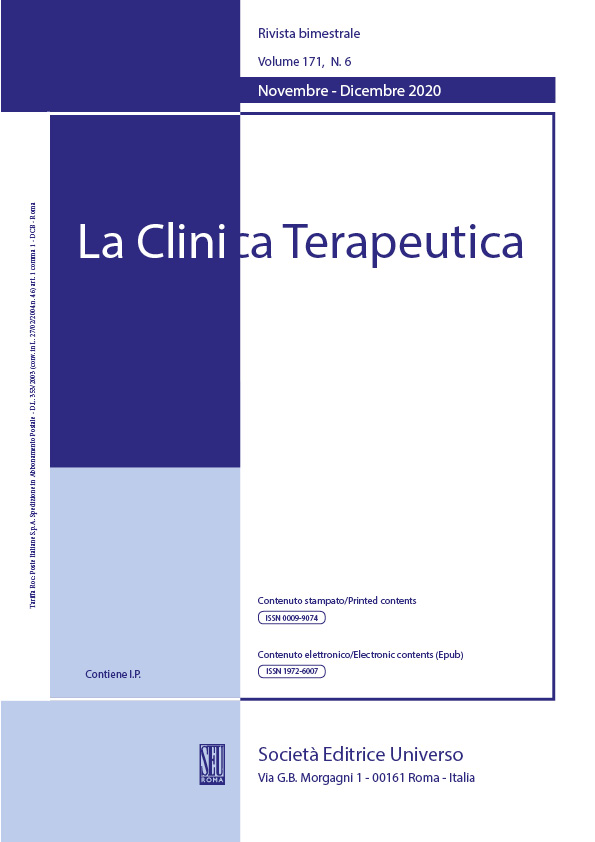Abstract
Background: The objective of this study was to evaluate the reliability and validity of the lifestyle (Miller-Smith) and life expectancy (Schneider) questionnaires in the Italian setting in order to make this instrument available for the determination of lifestyle and hope level in the different domains of everyday life.
Method: Before testing their psychometric properties, the original versions of the two questionnaires, lifestyle (Miller-Smith) and life expectancy (Schneider), were translated into the Italian language. We tested the instrument's psychometric properties on a sample of 18 patients over 60 years old with Alzheimer’s disease in the Sapienza University of Rome teaching hospital, policlinico Umberto 1. Internal consistency was considered to assess the reliability of the results across items within the adopted scale by using Cronbach’s α coefficient. Using Kolmogorov-Smirnov's test, the normality distribution was evaluated to guarantee the applicability of a parametric or non-parametric test. The software used to analyze data was SPSS version 26 for Windows.
Results: According to the outcome of our statistical analysis, the lifestyle scale showed high overall internal consistency, and the Cronbach’s α coefficient for the total 20-item scale was 0.80 in the Italian population. On the other hand, using the 12-item questionnaire about life expectancy resulted in a high overall internal consistency of 0.93, according to the Cronbach's alpha test.
Conclusions: The outcome of our study shows that the Italian versions of the lifestyle (Miller-Smith) and life expectancy (Schneider) questionnaires demonstrated good psychometric properties and good characteristics of factorial validity for future epidemiological studies aimed at evaluating lifestyle and lifestyle expectancy in the Italian population and can as well be used in clinical practice and research.
